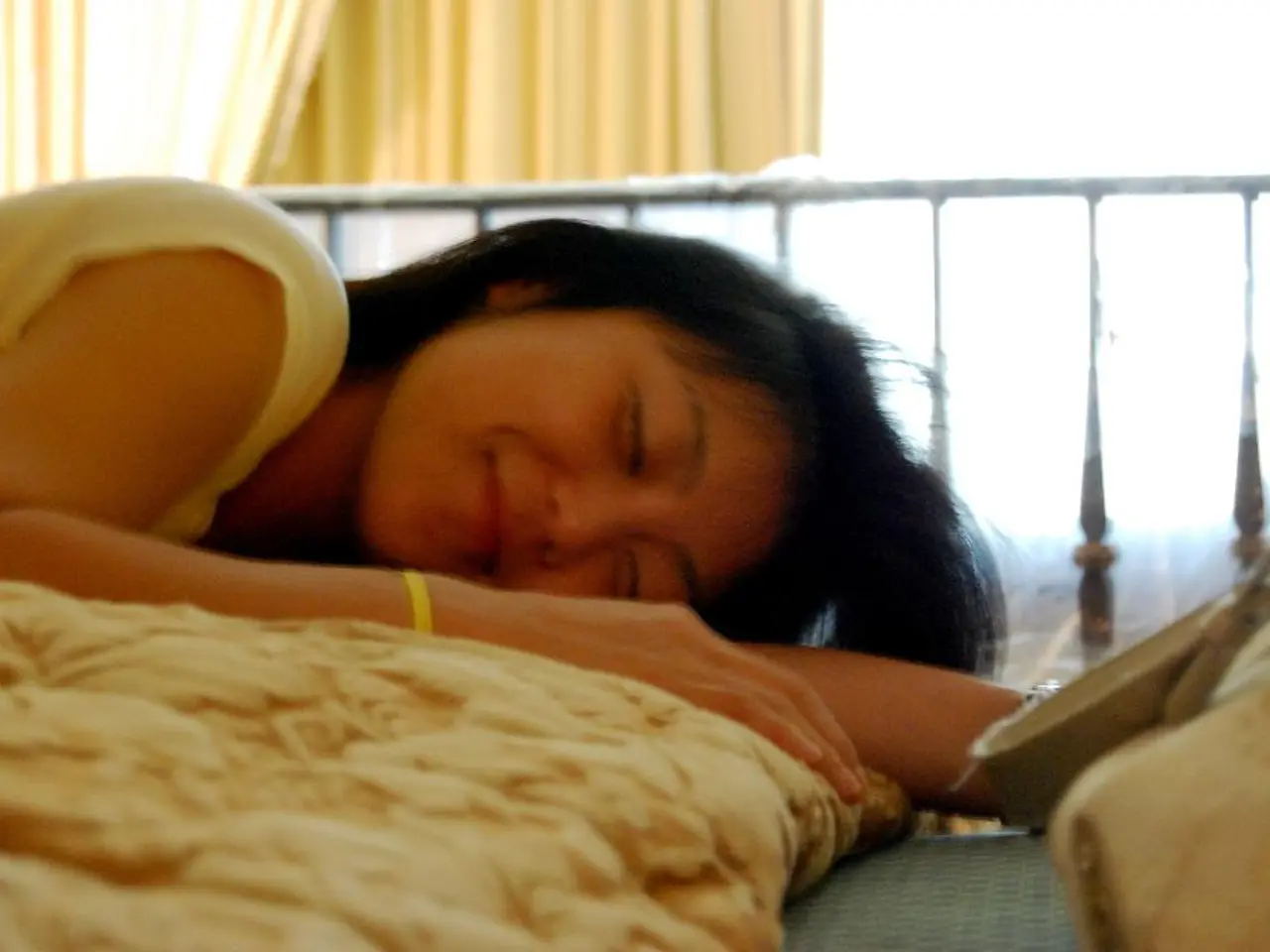Ultrasonic Audio Signals Used for Surveillance and User Tracking
Ultrasonic tracking, a stealthy technology used for continuous monitoring of individuals, is becoming increasingly prevalent. This technology, which operates above human hearing frequencies (>20 kHz), can pose potential privacy and health concerns. Here's a comprehensive guide on how to detect and mitigate ultrasonic tracking.
Detecting Ultrasonic Tracking
There are several methods to detect ultrasonic tracking. Specialized ultrasonic detectors such as the Robinair 16455 TruTrack, Inficon Whisper, and Bacharach Tru Pointe can sense high-frequency ultrasonic signals. Some smartphone apps can also detect ultrasonic frequencies for basic awareness, although professional handheld detectors offer more precise monitoring.
Physical barriers like thick curtains or acoustic foam can help block or absorb ultrasonic waves in confined spaces. However, it's important to note that ultrasonic signals can penetrate obstacles such as walls or shelves to achieve positioning accuracy within 1–3 meters.
Mitigating Ultrasonic Tracking
A combination of detection tools, software controls, and behavioral practices offers the best practical defense against ultrasonic beacon surveillance in everyday life. Controlling and revoking microphone permissions on all devices and apps, especially those from less trusted sources, can help prevent ultrasonic tracking.
Limiting exposure to ultrasonic tracking includes avoiding environments known for ultrasonic beacon use, such as certain retail stores. Behavioral practices like regularly auditing app permissions, limiting smart device usage, and being aware of ultrasonic tracking in public and private spaces can also help reduce exposure.
Using ultrasonic sound-masking or white noise generators can jam or obscure ultrasonic signals, disrupting their transmission.
Health Concerns
There are concerns about potential health risks such as tinnitus related to prolonged exposure to ultrasonic frequencies. However, studies involving ultrasonic devices have not reported adverse health effects, indicating that exposure within regulatory and functional limits is generally safe.
No robust evidence currently links typical environmental ultrasonic exposures to serious health risks, but research is ongoing to fully characterize long-term effects, if any.
Regulatory Oversight
Greater transparency and regulatory oversight will be critical to address both privacy and health impacts of ultrasonic beacon surveillance. As this technology continues to evolve, it's essential to ensure that users are informed and protected.
In Conclusion
Ultrasonic audio beacons provide practical utility for indoor tracking and device coordination but are less effective than alternatives like UWB for detailed profiling. Health risks from typical ultrasonic beacon exposure are minimal, with no strong evidence of harm at common usage levels.
By understanding how ultrasonic tracking works and implementing the appropriate measures, individuals can take control of their privacy and reduce potential health risks associated with this technology.
| Aspect | Ultrasonic Audio Beacons | Alternative Technologies (e.g., UWB, BLE) | Health Risks | |---------------------------------------|----------------------------------------------|-----------------------------------------------------|----------------------------------| | Tracking accuracy | 1–3 meters, limited by obstacles | Sub-meter (UWB), robust in complex environments | Very low at consumer exposure levels | | Range | Short (generally 1–3 meters) | Longer range (BLE) or precise positioning (UWB) | Minimal for typical exposure | | Use cases | Indoor positioning, short-range signaling | Precise device tracking, profiling, navigation | No significant risk reported | | Health concerns from prolonged use | Minimal; possible mild irritation at high levels | N/A | Under evaluation, no conclusive evidence |
References: [1] Ultrasonic Audio Beacons: An Overview [2] Ultrasonic Positioning Systems: A Review [3] Health Effects of Ultrasonic Devices: A Review [4] Ultrasonic Tracking for Cross-Device Profiling: Current State and Future Directions
- To detect ultrasonic tracking, individuals can use specialized detectors like the Robinair 16455 TruTrack, Inficon Whisper, and Bacharach Tru Pointe, or download smartphone apps that can detect ultrasonic frequencies for basic awareness.
- As a mitigation strategy, limiting exposure to ultrasonic tracking includes avoiding environments where ultrasonic beacons are commonly used, such as certain retail stores, and using ultrasonic sound-masking or white noise generators to jam or obscure ultrasonic signals.




